Sugar syrup is the most commonly used ingredient for syruping or sweetening revani, baklava, pastries, cakes or other desserts. This is because it does not take much time to make, does not require any special attention and care, can be used for syruping a variety of desserts and does not contain many components, which makes it easy to prepare.
In essence, the word "syrup" comes from the French language and means concentrated sugar or a mixture of various carbohydrates in water.
The sugar content of the syrup is usually 40% to 80%.
It is a clear or slightly yellowish liquid, which can aquire a vanilla flavor, if you add vanilla powder or vanilla essence to it.
The interesting thing about this type of syrup, is that in addition to its use in the confectionery world, it is used in other areas. Among these areas of application are medicine (to improve the taste of various medicines and drugs), in the production of soft drinks and for making compotes.
Sugar syrup can be bought from the store or it can be made at home. Here's how to prepare it:
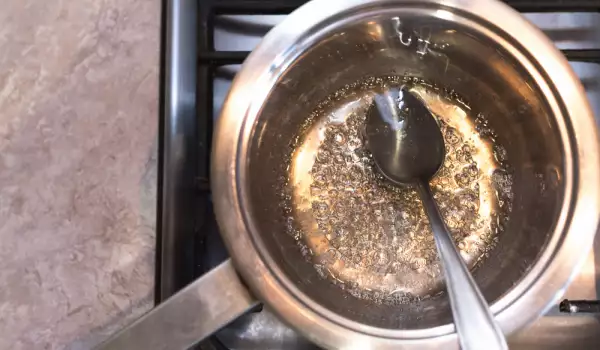
Sample products we will need:
1. Water - 3 cups
2. Sugar - 2 cups
3. Flavor of your choice - vanilla, lemon, wine (white or rose), cognac, rum, coffee
Method of preparation:
Pour the sugar and water into a large enough pot. The water-sugar ratio should always be 3:2. The above proportions are indicative, because different recipes require different measures and quantities. Allow the sugar to melt in the water and leave it for a while on the hob. Optionally and according to the dessert recipe you decide to make, you can add some of the above products to flavor the sugar syrup.
IMPORTANT! When you decide to make a syrup, remember that it is best that at least one of the two ingredients is cold - either the base or the syrup to prevent the base from becoming into mushy. In the best case, both ingredients should have cooled down to avoid culinary blunders.
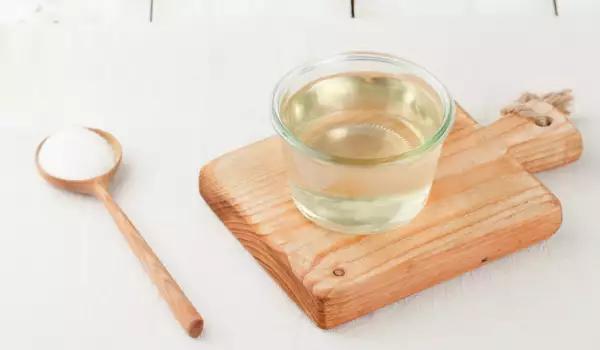


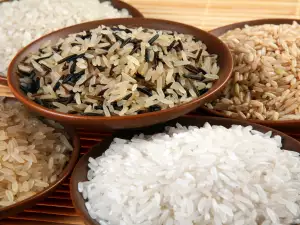
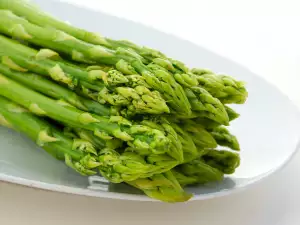


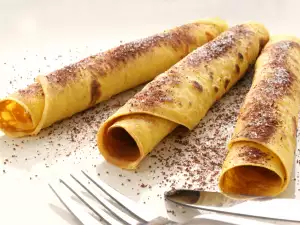
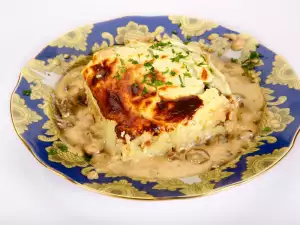

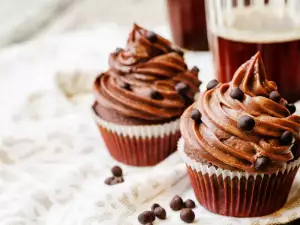

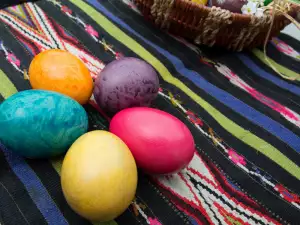
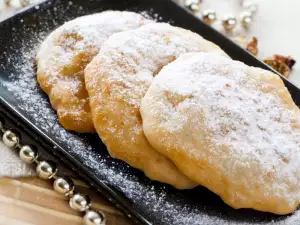





Comments